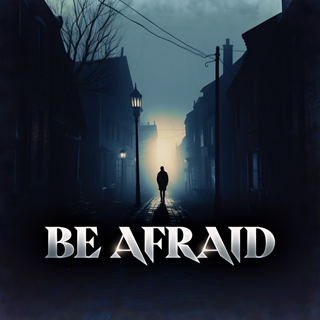I was pleasantly surprised to receive an email from Fuller Seminary on Friday announcing a forthcoming podcast addressing horror and spirituality. Given evangelicalism’s hesitancy to embrace horror out o concerns for evil and its alleged incompatibility with a respectable expression of faith, it will be interesting to see how horror is treated in this series. Some excerpts from the announcement and podcast website:

“The culmination of this theology-and-film journey is a brand new podcast that Brehm Film is producing in partnership with Christianity Today and Uncommon Voices Collective. It’s called “Be Afraid,” and it’s an exploration of fear, faith, and stories that scare the daylights out of us. The full series launches on October 6, 2023.”
“Hosted by Dr. Kutter Callaway, this podcast takes you on a journey into the heart of one of the most popular genres of contemporary film and television: horror. Whether you’re a lifelong horror fan or won’t go within 10-feet of a scary movie, each episode generates a conversation about the nature of our fears and why we just can’t seem to look away from the things that terrify us, even if we find ourselves peering through the slightly parted fingers covering our eyes. Over the course of the season, you’ll hear from major Hollywood filmmakers, well-known film critics, leading psychologists, and even an exorcist or two. At times, it will be dark, and perhaps even shocking, but the goal isn’t to wallow in this darkness anymore than it is to eliminate it from our lives. This podcast isn’t about how to avoid fear, how to leverage it, or even whether or not it’s ok to be afraid. This podcast is an exercise in learning how to fear rightly. It’s an exploration of fear, faith, and stories that scare the daylights out of us. From the studio that brought you “The Rise and Fall of Mars Hill” and “The Bulletin,” “Be Afraid” is a production of Christianity Today, Fuller Seminary, and Uncommon Voices









